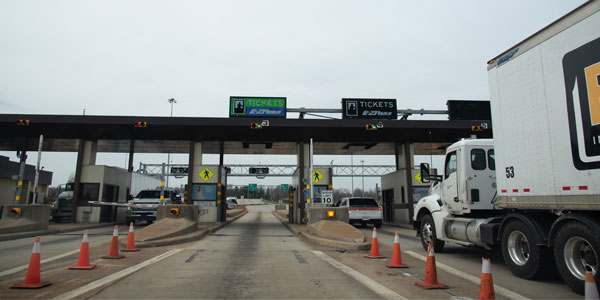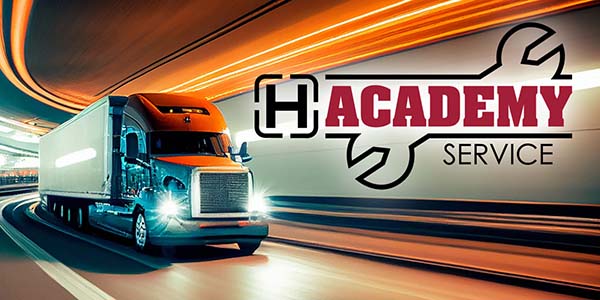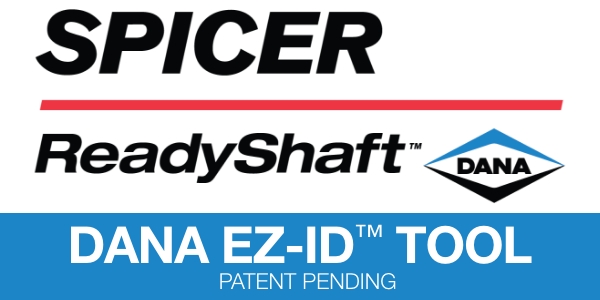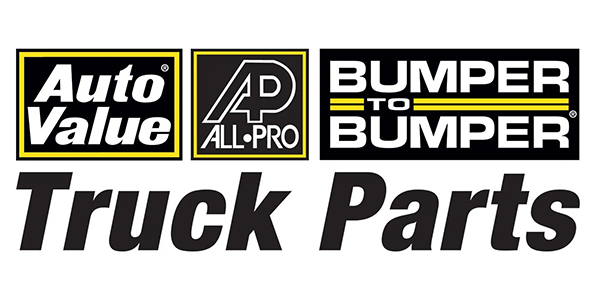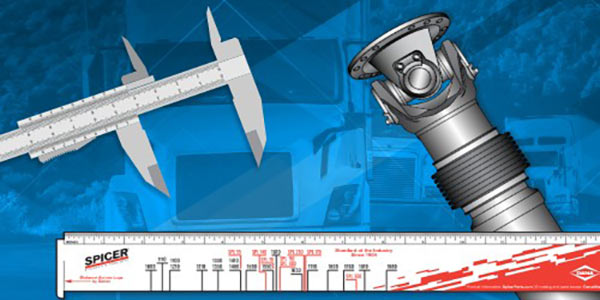Across the country, trucking companies must navigate hundreds of toll facilities – roads, bridges and tunnels – operated by many different tolling agencies. Each tolling agency and toll facility has its own rules and regulations that complicate the management of tolls by a motor carrier.
For example, toll rates vary by vehicle combination, by method of payment, and even by time of day or day of the week. Understanding how toll facilities operate is explained in the free PrePass whitepaper, “A Guide to Trucking Toll Costs in America”.
Managing tolls is important. Toll facilities are much more expensive than roads supported by tax dollars. Meanwhile, toll rates continue to climb, while state and federal law makers appear ready to expand tolling to pay for highway infrastructure. In addition, a few common mistakes by trucking companies and tolling agency errors can add significant costs.
For instance, trucking companies may fail to register equipment with local toll agencies when transferring trailers to another region. Due to increased use of all-electronic tolling, toll agencies may attribute charges to the wrong carrier due to blurry photos of license plates. Every time an agency must manually address a toll issue, it adds fees and penalties, which add up quickly.
Another PrePass guide, “5 Easy Steps to Reducing Toll Costs,” explores these tolling pitfalls. In this free guide, motor carriers will learn to:
- Watch for toll violations
- Be alert for vehicle misclassification
- Look for maximum tolls and plate reads
- Avoid peak tolling times
- Manage transponders to guard against abuse and fraud
Detailed scrutiny of every toll charge and invoice can help motor carriers avoid substantial and unnecessary toll costs. With so many different toll facilities and tolling agencies, that task can be daunting. However, help in managing tolls is here.
With tolling facilities moving toward all-electronic tolling, accuracy and reliability in toll charges is more critical than ever before. The first step for better management is to use the PrePass Plus transponder. The PrePass Plus transponder communicates to overhead readers, assigning tolls to the correct carrier and truck. It does not rely on the fallibility of cameras, weather, dirt and grime that affects the “plate read” or “toll-by-plate” systems used by toll facilities. With PrePass Plus, tolls nationwide are sent to a single account and any toll discounts are passed on to the carrier automatically.
Still, a trucking company must pay attention to tolling trends and watch for discrepancies. These errors include agencies billing maximum tolls when truck entry and exit points fail to record or transponder charges appearing for fast food or parking, as is possible at some locations.
Step two for better management of tolls is to use INFORM Tolling. INFORM tolling is a robust data visualization and software tool that comes free of charge, as part of a PrePass Plus subscription. With INFORM Tolling, all tolling activity is visible, down to the individual truck or toll location. Notifications can be set for violations or misuse of PrePass Plus toll transponders. And if tolls must be disputed, INFORM Tolling provides a submission tool so PrePass can file the dispute for the carrier.
Managing tolls is critical. With PrePass Plus and INFORM Tolling, trucking companies have more than just the means to pay tolls. They have the management tools to do it accurately, saving them money.
Sign up today for your free, customized demonstration of INFORM Tolling from PrePass and see how you can start saving money today!
This article was sponsored by PrePass.

